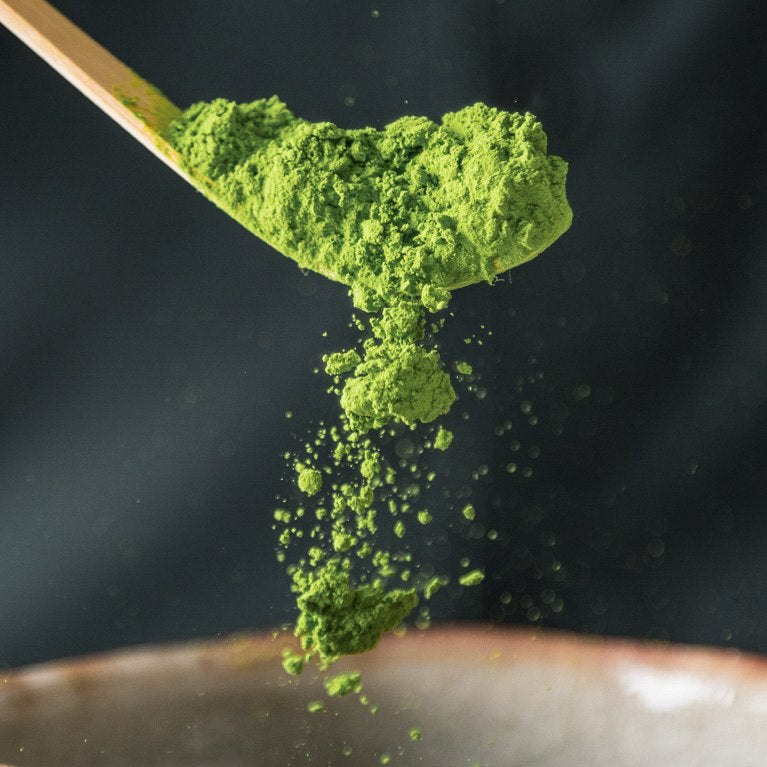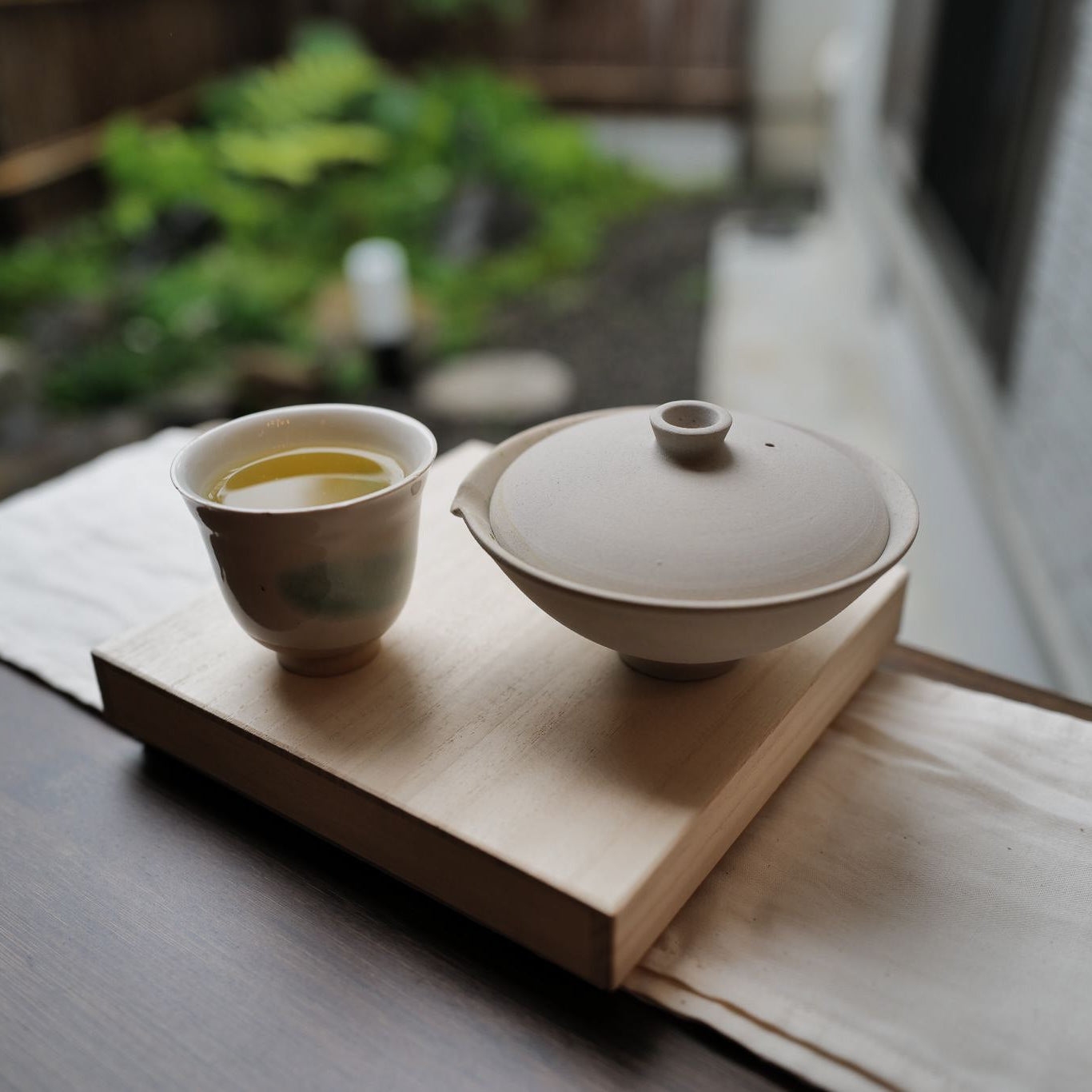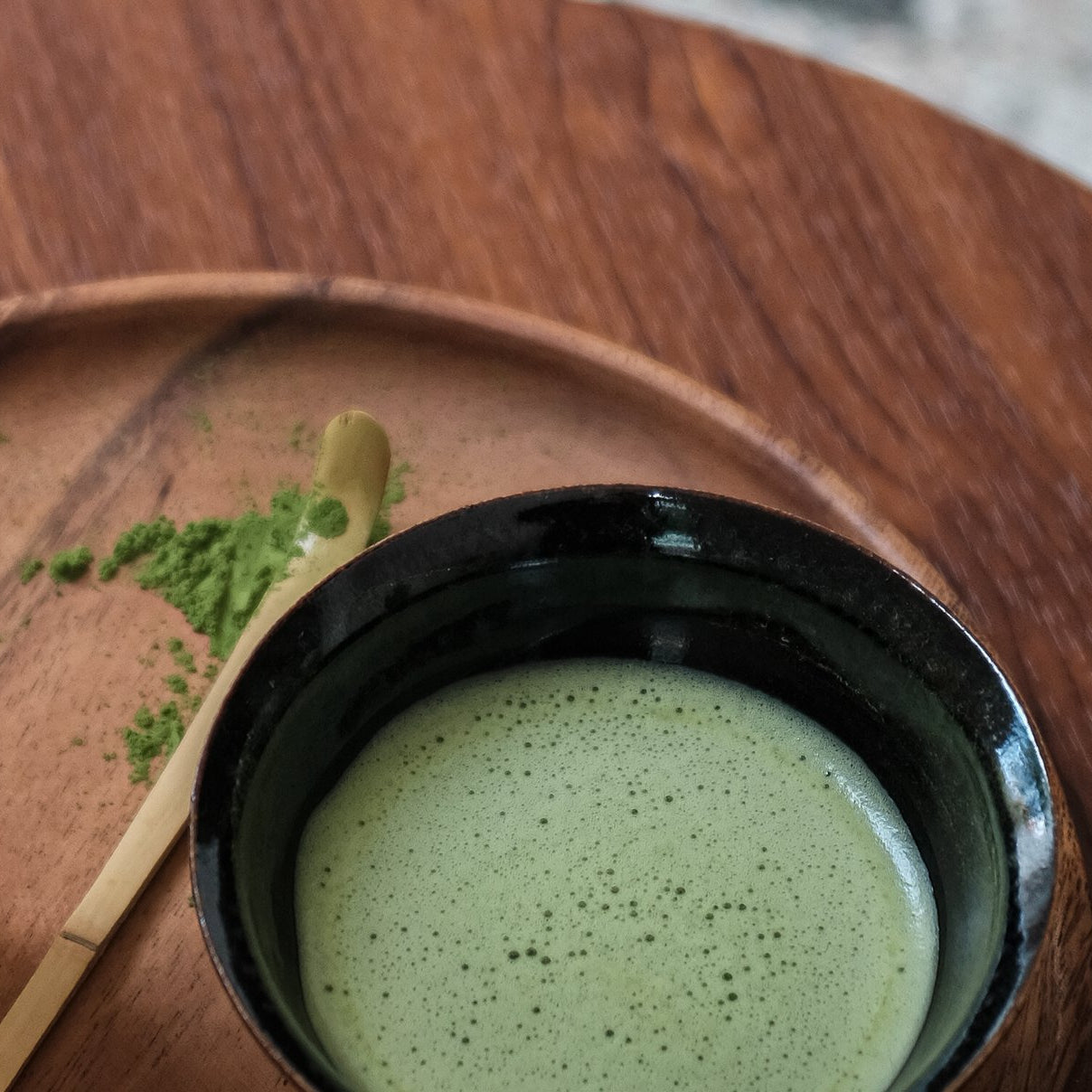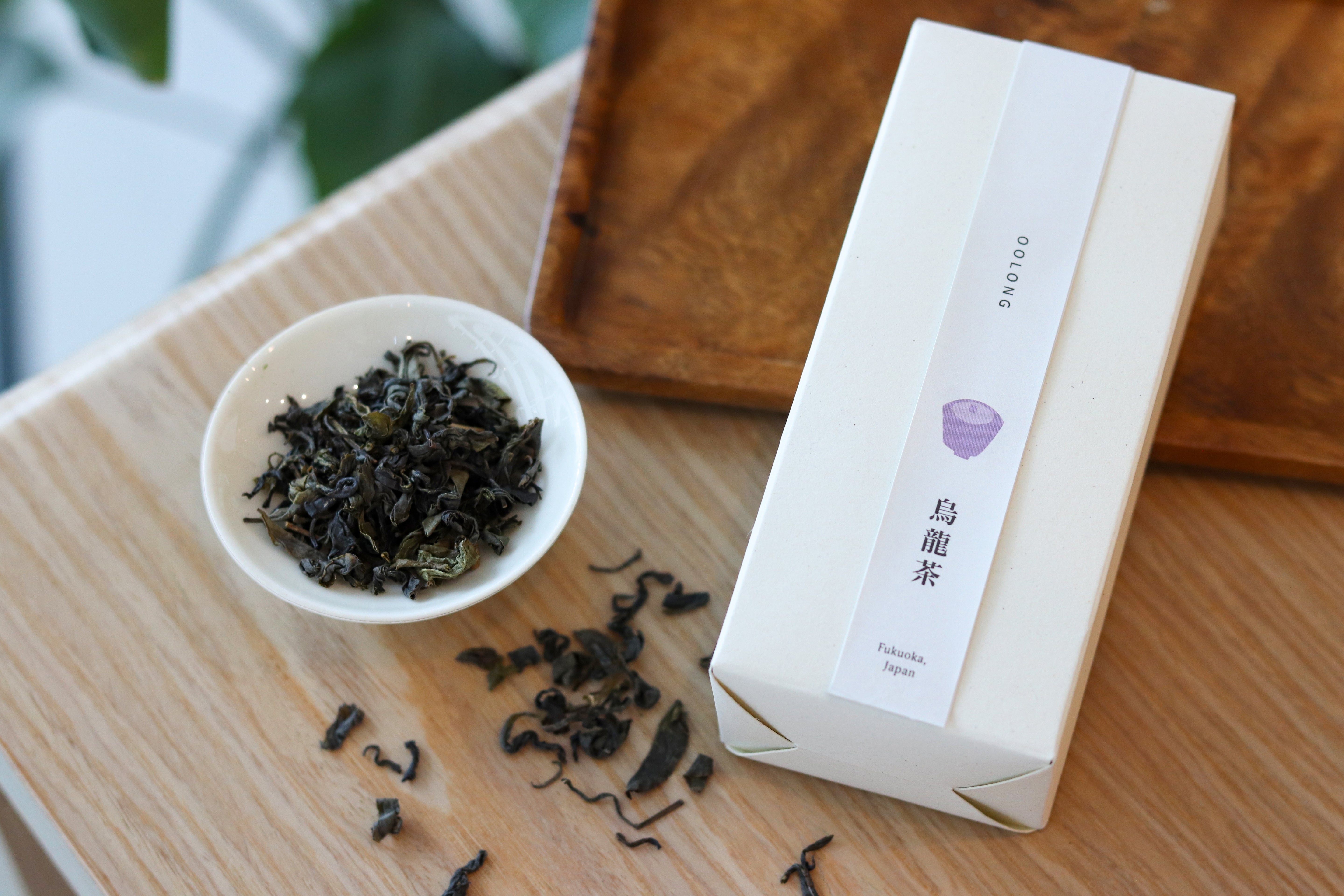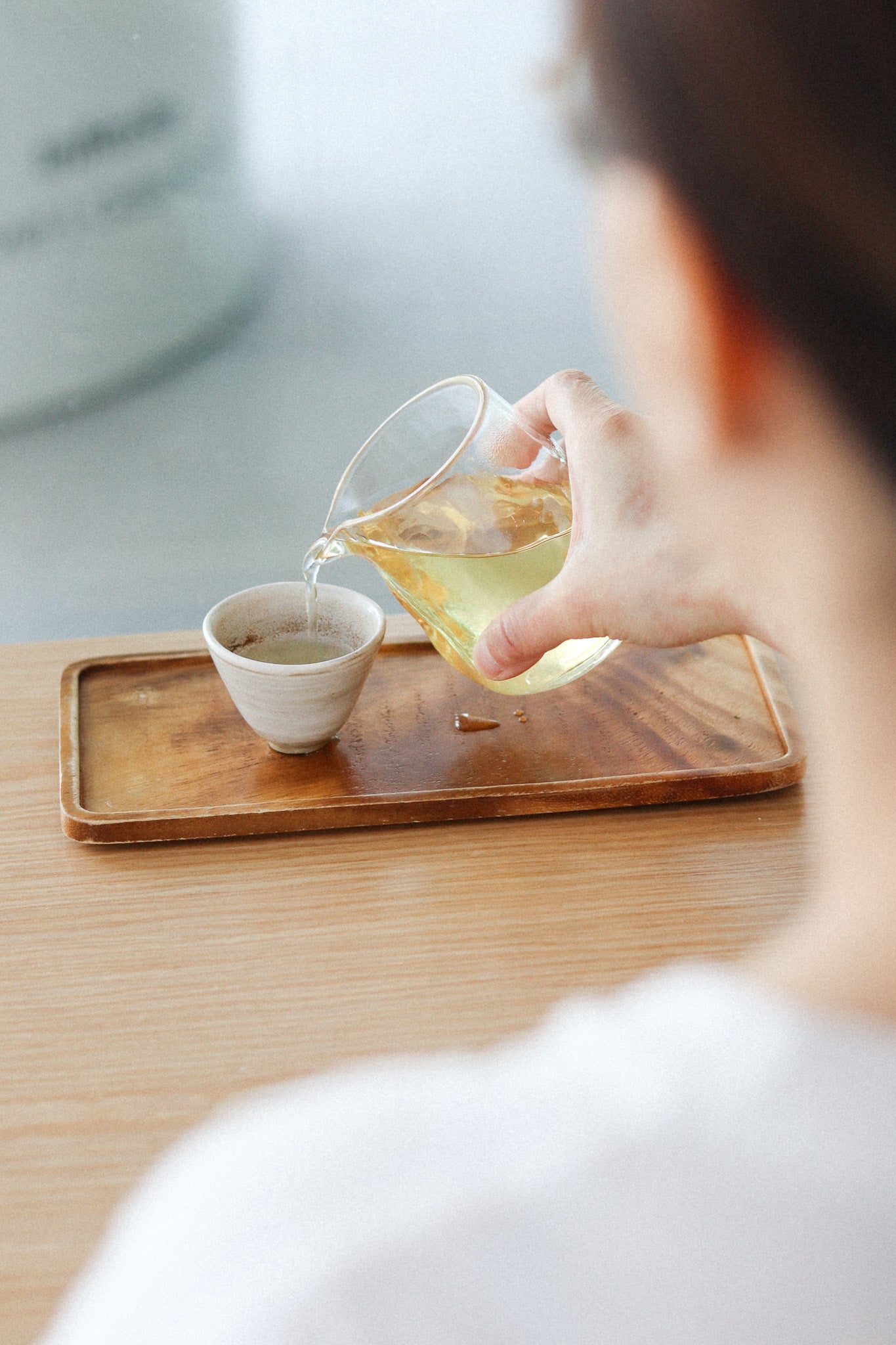SENCHADO
by Hao Jing | October 6, 2019
Third Wave Tea Series
"The price of this tea is anything from a hundred gold, to half a sen. If you want to drink for free, that is alright too. I'm only sorry I can't let you have it for less." -Baisao
In recent years, the interest and appreciation of matcha as an ingredient in desserts and beverages have increased greatly throughout the world. And along with this wave, a renewed interest in the traditional art form of chanoyu.
However, hidden in the shadow of the history of tea, is a man with white thinning hair, balancing a basket of tea on his shoulder.
Senchado, as its name suggests, is the way of making sencha. While not many people have heard of it presently, there was a time when its popularity rivalled that of sado. And you can't talk about senchado without talking about Baisao.
A man of many roles and names in his lifetime, he walked in the shoes of a monk, teacher and poet before settling as an old tea seller — the meaning of Baisao (賣茶翁).
He would ply the streets of Kyoto with a bamboo basket carrying his tea wares on his shoulder, selling them to people from all walks of life. To some he sold the tea for a fortune, to others he freely gave. Tea, along with poetry, was but a medium for him to comfort those who wished to seek solace from an increasingly materialistic world. Famed for his ideals, asceticism and intellect, Baisao’s friends and admirers included the great artists, Confucian scholars and priests of the time.
While he did not invent the sencha, nor the method of brewing, Baisao provided the meaning to sencha. And that propelled it to cult status. His followers admired the carefree nature of senchado over the rigid formalism of sado.
In perhaps what can be viewed as his final act of assertion, Baisao destroyed his remaining tea wares when he grew too weak to serve tea. His greatest fear would be for them to become treasured relics like those of chanoyu.
Unfortunately, after his death, copies were soon made from sketches of the wares he gave his closest friends. And his followers, ironically, began to formalise the process for a sencha tea ceremony.
We do not know what happened in the centuries that followed, but the once formidable movement lost its momentum. While senchado may have faded into obscurity, sencha became the most widely drunk tea in and outside of Japan. After a full circle, the tea of Baisao became what it was to be. One that can cost its weight in gold, or nothing at all.

